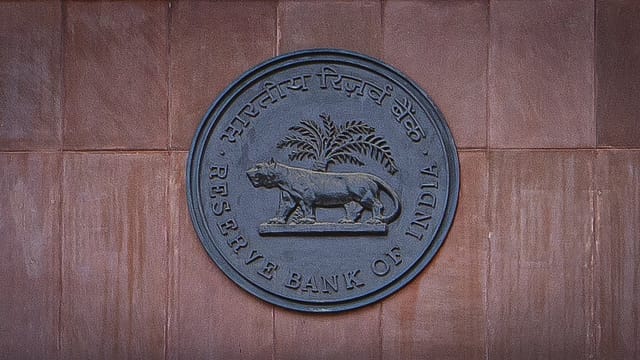RBI's microfinance rules offer more flexibility to NBFCs: ICRA
ADVERTISEMENT

The Reserve Bank of India's (RBI) regulatory framework for microfinance will provide a level playing field and more flexibility to non-banking financial companies, according to ICRA.
This comes days after the banking regulator removed the cap on the rate of interest charged by microfinance NBFCs and changed the definition of what qualifies as a microfinance loan.
A microfinance loan is defined as a collateral-free loan given to a household having annual household income up to ₹3 lakh.
According to the directions issued on Monday, all microfinance lenders should put in place a board-approved policy for pricing of microfinance loans.
A well-documented interest rate model/ approach for arriving at the all-inclusive interest rate.
Delineation of the components of the interest rate such as cost of funds, risk premium and margin, etc. in terms of the quantum of each component based on objective parameters.
The range of spread of each component for a given category of borrowers.
A ceiling on the interest rate and all other charges applicable to the microfinance loans.
The new rules require that the interest rates and other charges on microfinance loans should not be usurious. These shall be subjected to supervisory scrutiny by the Reserve Bank, the regulator said.
The rating agency, however, cautioned that the enhanced limits for maximum permissible indebtedness of borrowers poses risk of over-leveraging in the industry.
January 2026
Netflix, which has been in India for a decade, has successfully struck a balance between high-class premium content and pricing that attracts a range of customers. Find out how the U.S. streaming giant evolved in India, plus an exclusive interview with CEO Ted Sarandos. Also read about the Best Investments for 2026, and how rising growth and easing inflation will come in handy for finance minister Nirmala Sitharaman as she prepares Budget 2026.
"RBI has aligned the definition of microfinance loans across all REs, which will include collateral-free loans to households with annual household income of Rs 3.00 lakh. The regulator has enhanced the annual household income threshold than what was proposed in consultation paper in June 2021 and this could increase the maximum permissible indebtedness limit of borrowers than current level," says Sachin Sachdeva, vice-president and sector head, Financial Sector Ratings, ICRA.
In addition, RBI has removed the cap on the number of NBFC microfinance companies who can provide loans to a microfinance borrower. Instead, it has focused on borrowers' repayment capacity and accordingly capped the fixed obligation to income ratio (FOIR) at 50%.
The interest rate ceiling had been working as a de facto interest rate in the industry for all the players and the removal of the same is expected to make the players compete on loan pricing, thus benefiting the borrowers in the long-term, ICRA said.
However, given the low interest rate elasticity in the sector and given the moderation in the profitability because of the Covid-19 induced stress, interest rates are expected to rise in the near-term, it added.
The revised framework will be applicable from April 1, 2022 and it makes the regulations lender agnostic as it is applicable to all the RBI regulated entities including NBFC-MFIs, scheduled commercial banks (SCBs), small finance banks (SFBs), NBFC – investment and credit companies (NBFC-ICCs) and others.
